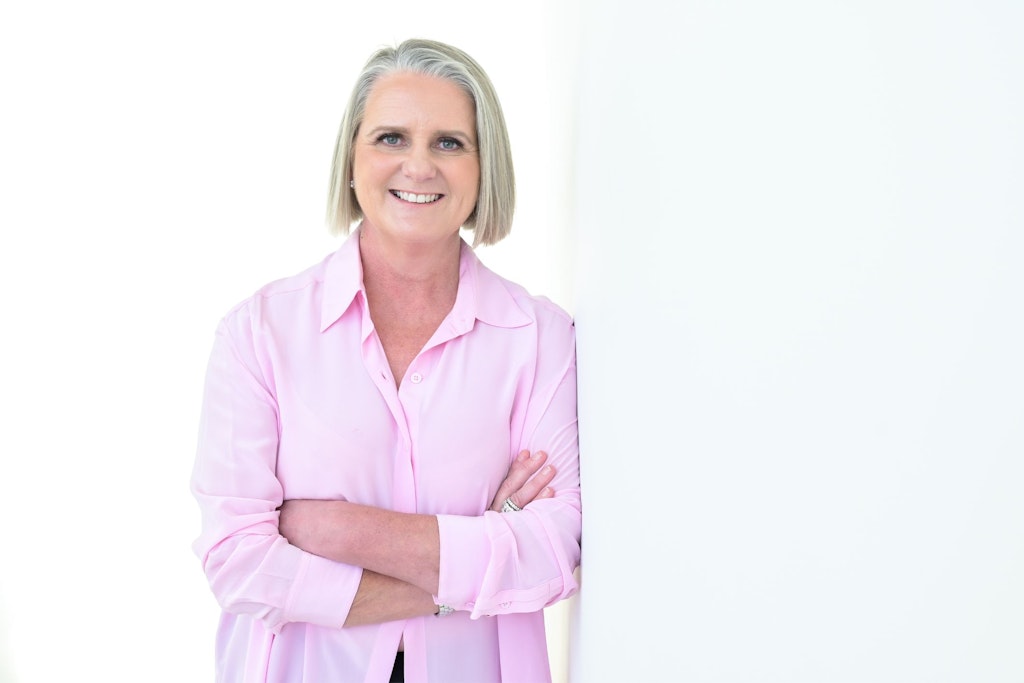Point of difference: Private provider success in a user-pays system
Last updated on 1 April 2025

Value for money is about to become more important than ever in aged care as the sector will need to provide its worth by adopting a user-pays system where residents have more of the power.
The flow-on effect will see the private aged care sector play a central role in the new-look industry promoting ageing in the home.
Industry insiders have anticipated the shift to a user-pays system for some time with the move aimed at providing additional financial sustainability for the government-funded aged care industry.
However, there is every chance older people will struggle with new out-of-pocket costs, even those on partial pensions.
Others will expect a higher level of value from their service provider, especially those contributing up to 80% of the cost. With that contribution eating away at Support at Home package funding, rather than being the icing on the cake, patience may also wear thin for those unhappy with their service provider.
Acquaint is a private at home aged care provider, delivering premium services to older Australians throughout Melbourne. Managing Director, Fiona Somerville is monitoring the incoming changes and potential outcomes for private operators.
“Companies have been providing private care for a long time, it’s just the aged care industry hasn’t bothered about them,” she told Hello Leaders.
Averaging 55 hours of care per client each week, Ms Somerville said Acquaint’s focus is catering to those who can benefit from the private care market, rather than competing directly with government-funded providers.
“Providing private services might mean that someone without the means to pay can access a government-funded package. Our job is to provide something different to older people who are in a fortunate position to make that happen,” she added.
“We know people want to stay at home. We had a client in hospital who was told he needed to go into residential care. The family rebutted because our staff provides round-the-clock care for him at home.
“To be told by the healthcare system that your only option is residential care when it isn’t, it can push people into aged care too soon.”
Clear lines of communication
Private aged care could benefit the most as older people take charge of their money and where they spend it. It might not necessarily be about how much they spend, but rather, what they get in return.
Ms Somerville expects this to drive many older people to the wider market, whether that’s private aged care or other organisations offering services to the general public.

Money isn’t everything when it comes to the choices older people make around their care, though. There’s a stronger value proposition at hand in the private market.
According to the latest sector performance report, communication and consultation remain the most complained about issues for home care. By operating in the private sphere, Ms Somerville recognises the need to prioritise communication, engagement and quality.
This is the same goal for most – if not all – government-funded providers. However, additional regulatory requirements put those organisations under immense pressure.
“Communication is often where companies fail. It might simply be they’re overwhelmed. Everybody has the older person’s best interests at heart but when you start to get bogged down in a lot of the government process, that takes over,” she said.
“Because of our high touch level of communication, we’re elevated. We operate with strict systems and processes and absolute clarity regarding policy, procedures and expectations. We don’t have to tick a box and fill out a form every time something does ‘X, Y, Z’. We’re a lot more fluid as a commercial business.”
Another focal point is the workforce. Marketing as a premium service provider sets an incredibly high standard and the workforce has to match those standards.
Unfortunately, fatigue, burnout and job dissatisfaction are all possible when Home Care Package employees are sent from pillar to post travelling to see clients. Ms Somerville said for many community workers in the government-funded space it can be as though they’re heading out the door to visit the next client minutes after arriving to help another.
That’s where a commitment to attracting the right staff is paired with a commitment to matching them with the right services and clients.
“We look at the skills outside of what they bring in terms of just a certificate three or four. It’s their life skills, interests and how they contribute to their local communities. That helps us to target the right match for our clients and the tasks they want help with,” she explained.
Looking to the future
No one can predict what will happen once the new Aged Care Act and Support at Home comes into effect on July 1. But their impending arrival has the sector and much of the wider society buzzing with conversation.
Ms Somerville praised these conversations as starting points for innovation and evolution that will deliver positive outcomes for older people.
She expects new and existing technologies and services to continue embedding themselves in aged care, making life easier for organisations and older people receiving care. She expects service variety to explode as the older generation takes charge of their ageing and money.
“Everybody likes to talk about the doom and gloom but there are opportunities for nimble and innovative organisations. Plenty of people have passion out there. We’re in a good space,” she said.
“We’ve seen new entrants come into the sector outside government-funded care. Technology is allowing us to do things more efficiently and focus our funds on the people side of aged care. We need enough people to do the important jobs.”